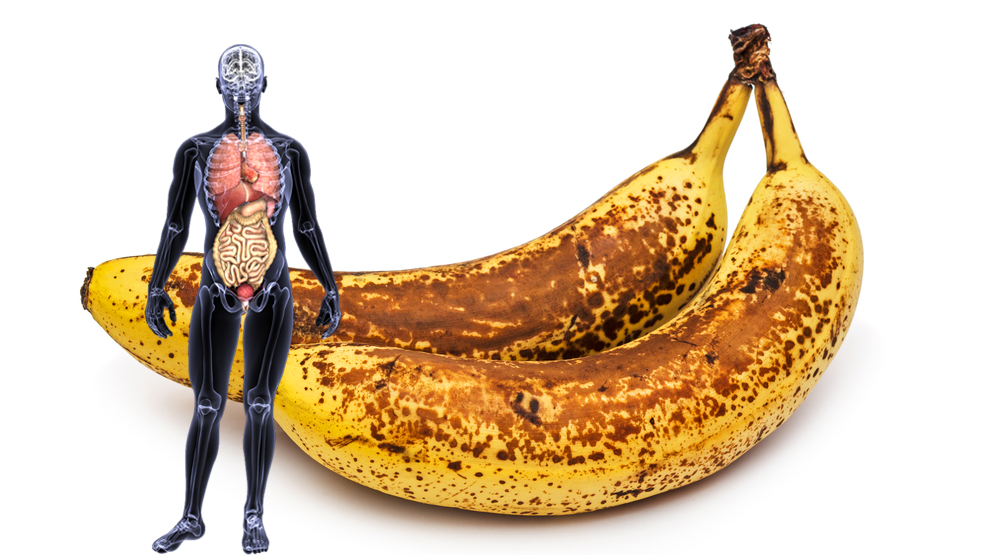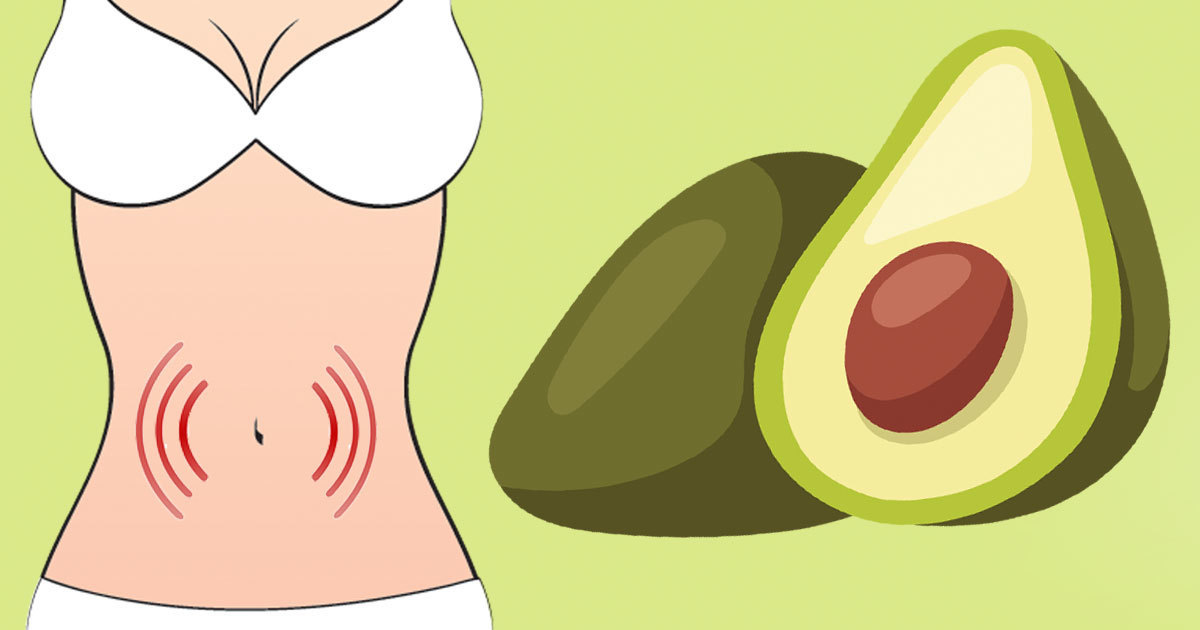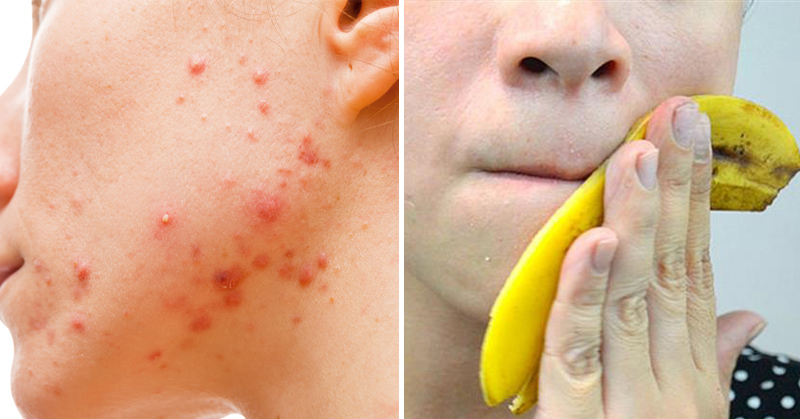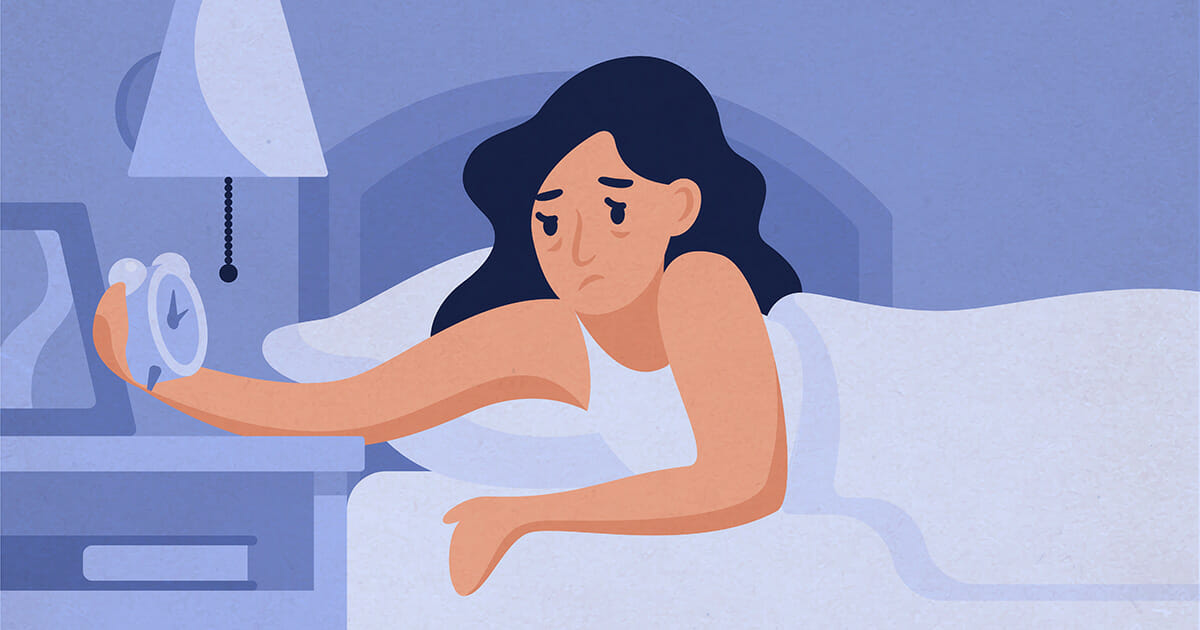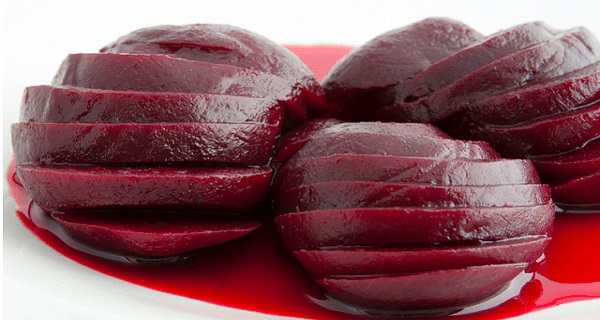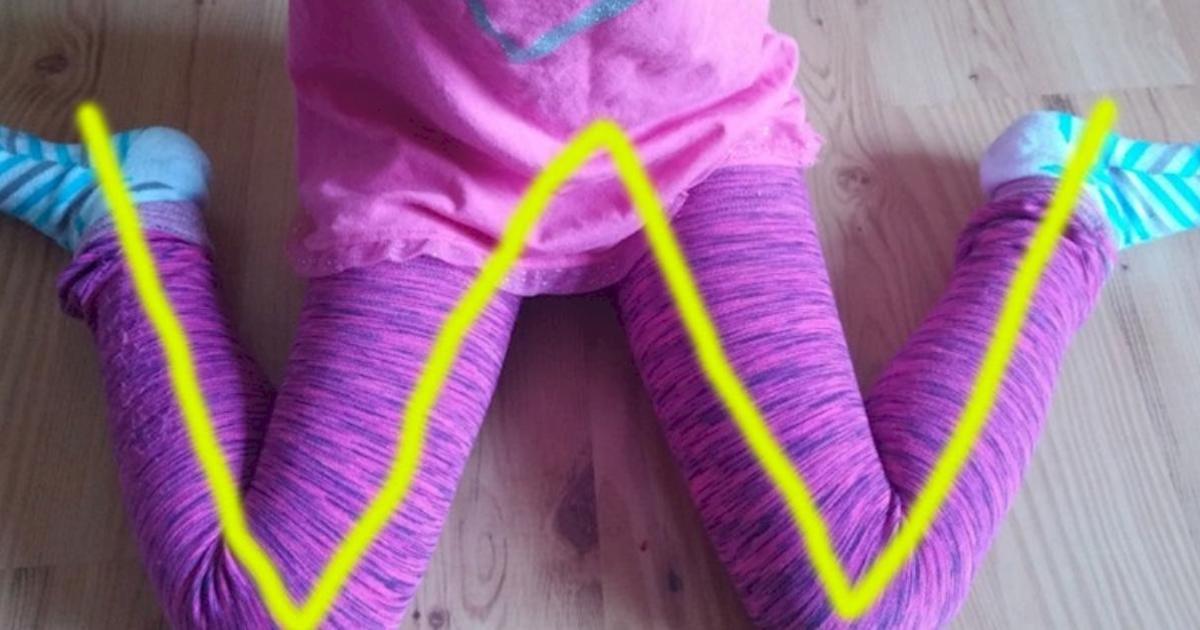Which banana would you choose? Your answer can reveal unexpected things about your health
|
When you eat a banana, you do it because:
- You like the taste
- You know it's healthy for you
- Someone gave it to you
- All the answers are correct
Bananas are rich in vitamins and other nutrients, and eating two bananas a day will be a miracle to your body.
But did you know that the color of a banana can reveal a lot about its nutritional value? From green to brown, hard or soft, with spots or without - the visual looks of a banana can tell us a lot.
1. Unripe and green
Green bananas are hard to digest unless they are cooked. Once cooked, they taste like potatoes and are very tasty. People who know the Caribbean delicacy know that there are quite a few dishes with green bananas. But what you may not know, is that green bananas have low glycemic value - perfect for people who need to monitor their sugar intake.
Another good thing about unripe bananas is that they provide the stomach with probiotics, which strengthens the immune system. In addition, green bananas contain resistant starch, a type of carbohydrate that improves insulin sensitivity and lowers blood sugar levels.
Because of the starch content, green bananas make you feel full for a longer time and help if you want to lose weight. Boil them, crush them, or fry them.
The downside? Green bananas have less antioxidants than ripe bananas. The riper the fruit, the more antioxidants it contains.
2. Hard and yellow
Most of us prefer our bananas yellow and without spots. At this point, the bananas are sweet and ripe. Yellow bananas contain many antioxidants that protect our body from diseases, aging, and heart problems.
A medium ripe banana contains 37mg of magnesium, an important mineral that helps the brain stay in shape.
3. With spots
Sweet, tasty and rich in antioxidants, bananas with spots do wonders for fighting diseases.
The more spots a banana has, the more mature it is and contains more TNF inhibitors. TNF inhibitors are proteins that signal cells to fight cancer and abnormal cells in the body. A Japanese study from 2008 showed bananas with spots contain this substance.
If you have a sensitive stomach, you will find that bananas that have already passed the optimal maturity stage are easier to digest, but because they are sweeter, they are not good for people with diabetes or people who need to monitor their sugar intake.
4. Brown bananas
Not many people like to eat brown bananas. But if you want to save some money, you can get discounts on brown bananas. Buy a little, and put them in shakes or make banana bread.
When the banana is brown it is very sweet and contains a very large amount of antioxidants. They are also easy to digest and excellent if you suffer from stomach pain. You just have to make sure you eat the brown banana before it rottens.
No matter how you like your bananas, they all have these benefits:
* They contain the amino acid tryptophan, a substance that converts in the body to serotonin. Serotonin is also called the body's happiness hormone.
* Bananas do contain a small amount of sodium, but they contain a large amount of potassium, which protects the heart.
* They contain a large amount of vitamin B6, and various studies have shown it helps with menstrual symptoms.
* The fruit contains three natural sugars - sucrose, fructose and glucose - combined with fiber.
Because bananas lose some of their nutritional value with age, you can store them in the refrigerator to slow their aging. Enjoy bananas in the morning, noon or evening, and discover the positive and amazing effects they have on your body!




